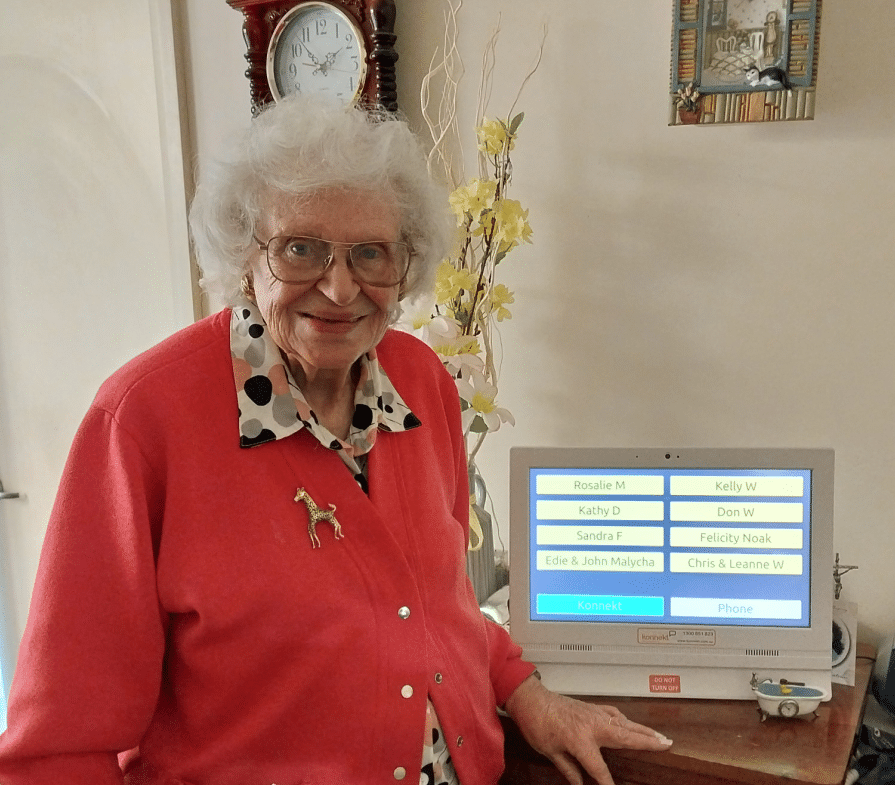Written by Xingyi Wu, Feb 2025:
3 Life-Saving Ways to Access Emergency Services for Deaf or Hard-of-Hearing People
Emergencies happen when you least expect them. This article explores three reliable ways for deaf or hard-of-hearing individuals to access emergency services:
- Mobile phones with location tracking to help responders locate you even if you can’t communicate.
- Emergency wearables like pendants, bracelets, and smartwatches for hands-free access to help.
- Backup communication devices with features like real-time captions and programmable emergency contacts to ensure clear communication from home.

Let’s learn how these options can help you stay safe and connected during critical situations.
Imagine being in an emergency where every second counts. You’re alone, in pain, and unable to communicate clearly. This situation is even more daunting for those who are deaf or hard-of-hearing. Without reliable communication methods, the ability to get help may be delayed. Fortunately, there are multiple ways to access emergency services quickly and effectively.
1. Mobile Phones – Emergency Calls with Location Tracking
Your mobile phone can be a powerful emergency tool. Like 112 in the EU and UK, 911 in the USA or 111 in New Zealand, Australians can dial 000 to connect to police, fire, or ambulance services. But what if you can’t speak or hear the operator? Fortunately, today’s smartphones use location technology to help emergency responders locate you.
Here’s how it works:
- GPS provides precise location data, often accurate to within a few meters.
- Cell tower triangulation estimates your position based on nearby mobile towers.
- Wi-Fi networks improve location accuracy indoors, where GPS may struggle.
These technologies ensure that emergency services can find you, even if you can’t communicate your location verbally.
In Australia, the Emergency+ App for Android and iPhone can dial 000 emergency services for you, and use your phone’s GPS to help provide your location.
Is there a texting option?
Unlike the USA where you can text 911, Australia does not currently offer a direct text-to-000 service. However, the National Relay Service (NRS) helps people who are deaf, hard-of-hearing, or speech-impaired to contact emergency services. You can make emergency calls via NRS Chat, SMS Relay, NRS Captions, Voice Relay, and TTY. For Australian sign-language (Auslan) users, the NRS does not recommend using Video Relay for emergency calls.

Pros
- Accessibility: Provides multiple ways to contact services based on your communication needs.
- Priority Handling: Emergency calls through NRS are taken quickly to minimise delays.
- Portability: Mobile phones allow you to call for help from anywhere, whether you’re at home or outside.
Cons
- Wait Times for Relay Officers: You may need to wait for an available relay officer, which could cause delays.
- Technical Dependence: Internet or phone service issues can affect call quality or availability.
- User Familiarity: Not everyone may be comfortable navigating NRS services in high-stress situations.
You can also add emergency medical or contact information to your phone’s lock screen. This will help first responders if you are unconscious or cannot speak but be careful: It will also reveal the information to a phone thief.
If you’re worried about delays in high-pressure situations, having a faster, more direct method might be better. This is where emergency wearables come in.
2. Emergency Wearables – Call for Help with a Single Press
Emergency wearables are designed to provide quick, hands-free access to help. Devices such as pendants, bracelets, and smartwatches are easy to use—just press a button, and help is on the way.

Smartwatch Features for Emergencies
Smartwatches like the Apple Watch and Samsung Galaxy Watch come equipped with SOS functionality. By holding down a button, you can quickly call emergency services.
Many models also include fall detection, which triggers an emergency call if you fall and don’t respond. These wearables can also share your real-time location with designated contacts, making it easier for help to find you.
For a simpler solution, emergency pendants or bracelets can connect to monitoring services that notify your chosen contacts. These tools are ideal for older adults, people with mobility challenges, or anyone who needs extra security in their daily life. You can read more about wearable emergency devices in the Department of Health – Personal Alert Victoria, or this guide from Healthline.
Pros
- Fast: Just press a button to contact help—no waiting for an operator or navigating apps.
- Always Accessible: Designed to be worn at all times, making it easy to access in emergencies.
- Fall Detection (Smartwatches): Some devices automatically call for help if they detect a fall and no response.
- Location Sharing: Smartwatches can provide real-time location data to emergency contacts.
Cons
- Wearability Issues: Many people forget to wear the device, especially those with dementia or memory loss.
- Limited Features: Pendants and bracelets may only provide basic alert services without captioning or two-way communication.
- Battery Dependency: Devices need regular charging, particularly smartwatches.
- Complexity: Smartwatches can be overwhelming for someone who is not tech-savvy.
If you or your loved one frequently forgets to wear these devices, having a backup communication device at home can provide additional security.
3. Backup Communication Devices – Ensure Access to Emergency Services at Home
While mobile phones and wearables are essential when you’re out and about, having a backup communication device at home is just as important. These devices provide alternative communication options, such as real-time captions and emergency call buttons, and are there for you even when your other devices are flat, broken or misplaced.
For example, the Konnekt Videophone allows you to customise a button that can use just one touch to dial up to five contacts in sequence, such as family members, friends, or care providers.
If you are looking for clarity and accuracy, speech-to-text devices such as Konnekt Captioning Videophone can provide real-time, clear subtitles for your calls, making it easier to understand the instructions given by responders.
These backup solutions are especially helpful for those who may have hearing difficulties or rely on visual communication. When paired with other tools like mobile phones and wearables, they create a robust safety net to ensure you’re never without options in a crisis.
Pros
- Captioned Calls: Real-time captions make it easier for deaf or hard-of-hearing individuals to follow emergency conversations.
- Auto-Answer: The device can answer calls automatically, allowing caregivers to check in remotely.
- Customisable Emergency Contacts: You can program emergency buttons to call multiple contacts in priority order or in parallel.
- Ideal for Memory-Impaired Users: Auto-answer and programmable buttons are helpful for users who may forget steps in an emergency.
Cons
- Fixed Location: These devices are meant for home use and may not be helpful if you’re outside or away from the device.
- Initial Setup: Requires configuration, such as programming contacts and emergency settings, which may take some time. (Luckily at Konnekt, we do all the setup for you! Contact us to learn more.)
- Internet or Power Dependency: Like mobile phones, these devices rely on stable power and internet connections.
While videophones are excellent for home emergencies, it’s always better to have multiple communication options. No single method is foolproof—combining mobile phones, wearables, and backup devices ensures you’re prepared for any situation.
How to Stay Prepared
Emergencies can happen at any moment, but being prepared can help you stay calm and in control. Here are a few steps to take today:
- Save emergency contacts on your phone and wearable devices.
- Keep your devices charged and accessible at all times.
- Familiarise yourself with alternative communication options, such as the National Relay Service.
- Invest in backup solutions, like emergency wearables or captioning devices, to cover different scenarios.
Final Thoughts on Emergency Preparedness
Emergencies are stressful, but the right communication tools can make all the difference. Whether you rely on mobile phones, wearables, or backup devices, having multiple options gives you and your loved ones peace of mind. Take time today to set up your safety plan and ensure you’re ready for any situation.
Stay safe. Stay connected. Stay prepared.

